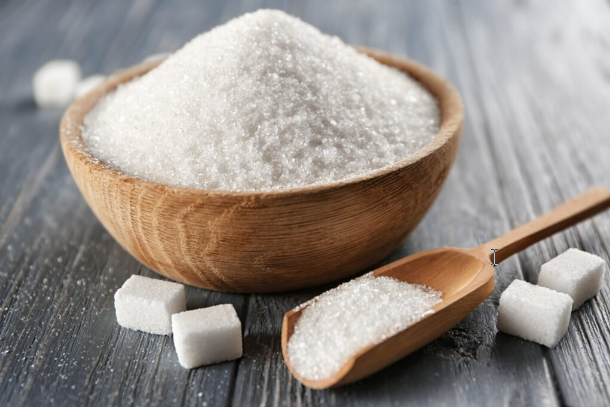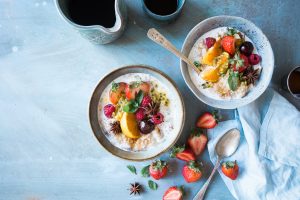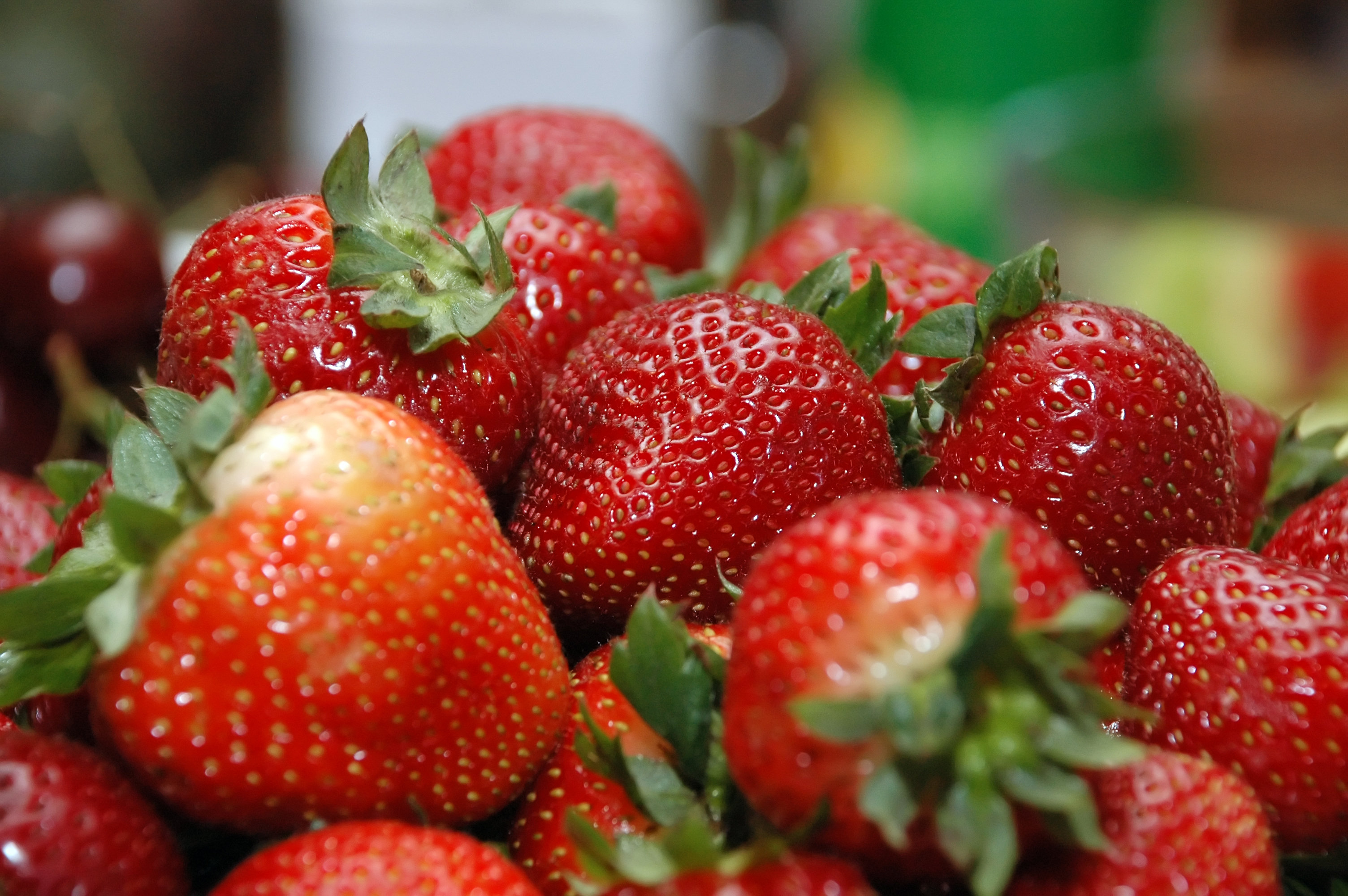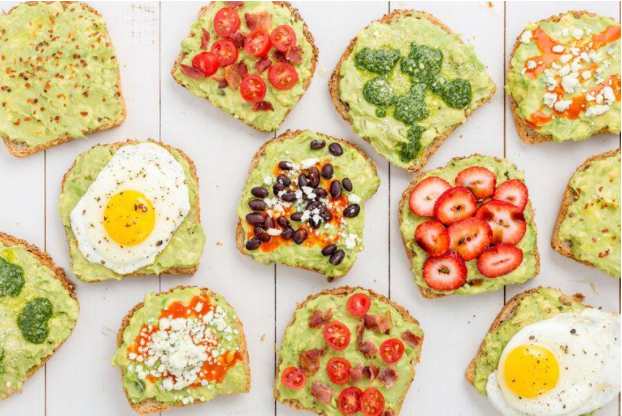
Antioxidants: Fab or Fad?
Antioxidants: Fab or Fad?
Antioxidants are substances that fight free radicals in the body. Free radicals are waste compounds that can become harmful when they aren’t properly eliminated from the body. Both are naturally produced in our bodies, but we need a balance of both to maintain optimal health. Too many free radicals can cause inflammation and oxidative stress, which has been linked to numerous health conditions such as cancer, heart disease, arthritis, and stroke. Several environmental and lifestyle habits promote excess free radicals such as air pollution, smoke, alcohol, and processed foods. We know it’s not always possible to avoid these oxidative stressors, which is where antioxidants come in and save the day.
Antioxidants protect against free radicals and can be found in numerous food groups. Most fruits and vegetables contain some type of antioxidant, and even meat and fish contain antioxidants in a small dose. Vitamin C, E, and flavonoids are the most common antioxidants needed on a daily basis. Vitamin C can be found in most fruits and vegetables, but have a high concentration in oranges, berries, bell peppers, etc. Vitamin E can be found in nuts and seeds, vegetable oils, and leafy greens such as kale. Flavonoids are a broad group of antioxidants, but the most common are green tea and dark chocolate.
Easy ways to incorporate more antioxidants into your diet include adding fruits or vegetables to every meal, opting for green tea instead of coffee, and snacking on healthier foods such as nuts. Since antioxidants are probably already present in your diet, I don’t think it’s necessary to take a supplement, but always consult with your doctor before making any dietary changes.
Sources:
Healthline. (2019, July 29). Antioxidants Explained in Simple Terms. Retrieved from https://www.healthline.com/nutrition/antioxidants-explainedMedical News Today. (2018, May 29). Antioxidants: Health Benefits and Nutritional Information. Retrieved from https://www.medicalnewstoday.com/articles/301506




 Eating a diet rich in essential nutrients will increase immune system response and strengthen your ability to fight off bouts of infection. Eating plenty of whole foods can help you to lose weight, which is a great way to make breathing easier as well. Talk to a dietitian about a potential eating plan or supplements that may be right for you.
Eating a diet rich in essential nutrients will increase immune system response and strengthen your ability to fight off bouts of infection. Eating plenty of whole foods can help you to lose weight, which is a great way to make breathing easier as well. Talk to a dietitian about a potential eating plan or supplements that may be right for you. Pursed-lip breathing is a great way to assist in slowing your breathing rate and expanding your airway to alleviate breathing issues. First, purse your lips and blow all the air out of your lungs. Then with your pursed lips take a deep breath in filling your lungs with as much air as you can, then you can slow your breath so that you’re using as much of your lung capacity as possible. Repeat this exercise a few times a day and see if you notice a difference in your ability to control your breathing.
Pursed-lip breathing is a great way to assist in slowing your breathing rate and expanding your airway to alleviate breathing issues. First, purse your lips and blow all the air out of your lungs. Then with your pursed lips take a deep breath in filling your lungs with as much air as you can, then you can slow your breath so that you’re using as much of your lung capacity as possible. Repeat this exercise a few times a day and see if you notice a difference in your ability to control your breathing.
